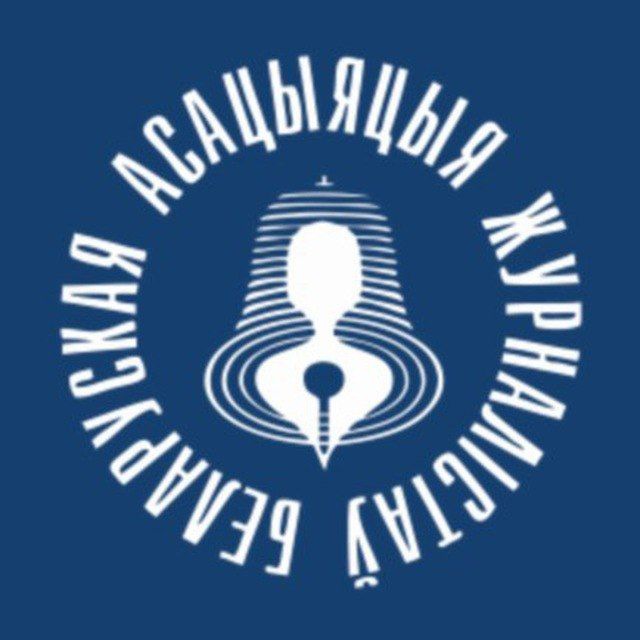Ban to Photo Administrative Buildings Allegedly Aimed at Enhancing Safety
Several recent incidents with photo reporters alarmed the society: who ordered to check identities of people that take pictures of administrative buildings? A copy of the internal ruling appeared on the internet, reports Euroradio.
On February 26, the photo reporter of Komsomolskaya Pravda was detained while taking pictures of the Academy of Sciences in Minsk. On March 2, the journalist from Hlybokaye Zmitser Lupach was denied entry to the local executive committee because he had a professional photo camera in his bag. On March 7, tourists were detained in Iwye, Hrodna region; the police deleted their photos of the prosecutor’s office, firefighters’ station, marriage registration hall and of the public library.
In separate incidents, officers referred to an internal ruling issued by the Deputy Minister of Home Affairs enumerating public places that can be photographed only with a special permit. The list includes railway stations, airplanes, etc. The ruling was classified as an internal document and was not supposed to be published; however, it seems to have been leaked to the web.
According to the scan of the document, on February 23 a Russian citizen was detained near Loyew Executive Committee. His personal belongings were inspected, and the information carriers had 15 photos of buildings of state bodies, of the railways station in Homel, and of an airplane outside and inside.
So, “to avoid such analogical provocative actions and to implement the ruling of the Ministry of Home Affairs on ensuring public safety”, employees of police departments, police officers on duty etc. are ordered to reveal, detain and bring to police departments those persons who took photos and video of buildings of state bodies and of critically important objects; employees should be warn to be more vigilant on duty, to conduct searches, questioning, inspection of recording devices of those detained; to take photos, fingerprints of the detainees.
“One can understand the intentions behind this ruling, but in fact it contains a number of points violating citizens’ rights and incompliant with the current legislation,” says Andrei Bastunets, deputy chair of BAJ.
“First, detention of citizens (disregarding whether they are taking photos or not) is to be carried out according to the Code of Administrative Offences. The Code states that “detention” is a short-term freedom restriction of a person involved in an administrative process under accusation of committing an administrative offence. It is totally unclear what are the grounds to detain citizens who take photos of buildings. Besides, the list of buildings is not limited. So, it is an arbitrary application of law, something like a prank.”
The demand to carry out searches, questioning, fingerprinting of the detained photographers is also incompliant with the Administrative Code, because the person is not in the status of a detainee, but turned out to be there only for personality identification (allowed for up to three hours – note). As for taking fingerprints, it is allowed only when the administrative offence imputed to the person envisages an arrest as a punishment.
The lawyer of BAJ says the association keeps finding out how much the ruling complies with the legislation. On March 4 BAJ filed a request to publish the text of the ruling, if it really exists.
“Since the ruling directly touch citizens’ rights, it should be published in the form of a normative act which is to be published (because only published acts come into legal force). It should undergo examination regarding its compliance with normative acts of a higher level,” says Andrei Bastunets.
Meantime, on March 6 the Ministry of Home Affairs gave an official comment claiming internal rulings do not necessarily have to be published. “Such demands are aimed at ensuring security in the country and at increasing vigilance of employees of law enforcement agencies, in respect of prevention of potential threats: from provocations to terrorist acts,” says the statement.
 @bajmedia
@bajmedia
